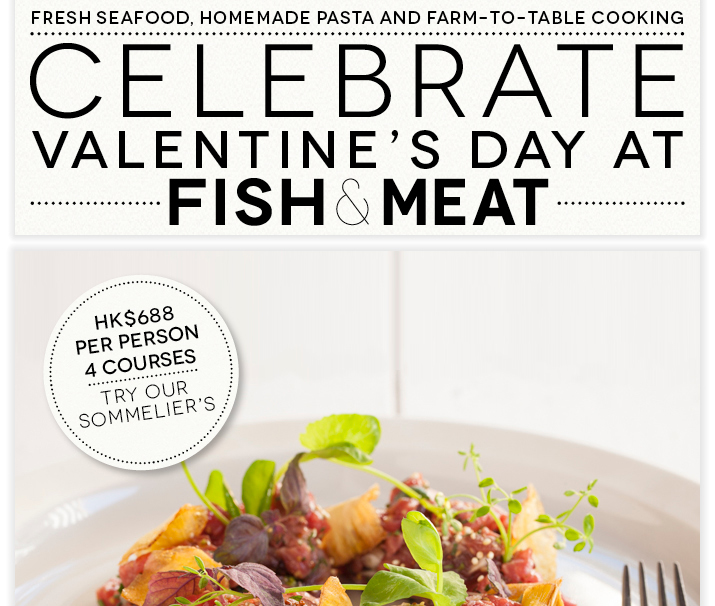
To extend the bloom season as well as the color palette, consider planting several varieties. The leaves can also vary in shape and color. Some hybrids come in other lovely pastel hues such as violet-blue, rose, pale pink, white, and even yellow. “Bloom time can vary drastically between different locations-where one lavender blooms at the start of June, only 20 miles away could be a very different outcome,” says Kristin Nielsen, president of the Lavender Association of Western Colorado.Ĭontrary to the name, not all lavenders are purple. Although not considered edible (due to high camphor content), the flowers and foliage are often added to sachets and potpourris.Īlthough all lavender ( Lavandula) is native to the Mediterranean, there are many varieties offering a vast selection of bloom times, colors, flower forms, and sizes.

It typically starts blooming a few weeks later than most English lavenders and features long spikes of highly fragrant flowers. This popular hybrid combines the cold hardiness of English lavender with the heat tolerance of Portuguese lavender ( L. Although the flowers are not especially fragrant, the light-green leaves are very aromatic. This variety is prized for its unusual pineapple-shaped blooms with colorful bracts, or “bunny ears,” that emerge from each flower spike. While the flowers have less aroma than English lavender, the fleshy leaves are more fragrant, with an intoxicating rosemary-like scent. It’s one of the most cold-hardy varieties and the best for culinary use because of its low camphor content.Īlso called fringed lavender, this showy variety is distinguished by narrow, finely-toothed leaves and compact flower heads topped by purple bracts.

The gray-green foliage and whorls of tiny flowers make this one of the most attractive lavenders in the garden. You can also harvest it for fragrant floral arrangements, sachets, and potpourri.įlower colors: Lavender, deep blue-purple, light pink, whiteĭespite its Mediterranean origin, English lavender was so named because it grows well in that country’s cooler climate and has long been a staple in English herb gardens. With its silvery-green foliage, upright flower spikes and compact shrub-like form, lavender is ideal for creating informal hedges. Lavender, an herb with many culinary uses, also makes a stunning addition to borders and perennial gardens, providing sweeping drifts of color from early summer into fall. Growing tips for this fragrant, easy-care plant that thrives in sunny locations


 0 kommentar(er)
0 kommentar(er)
